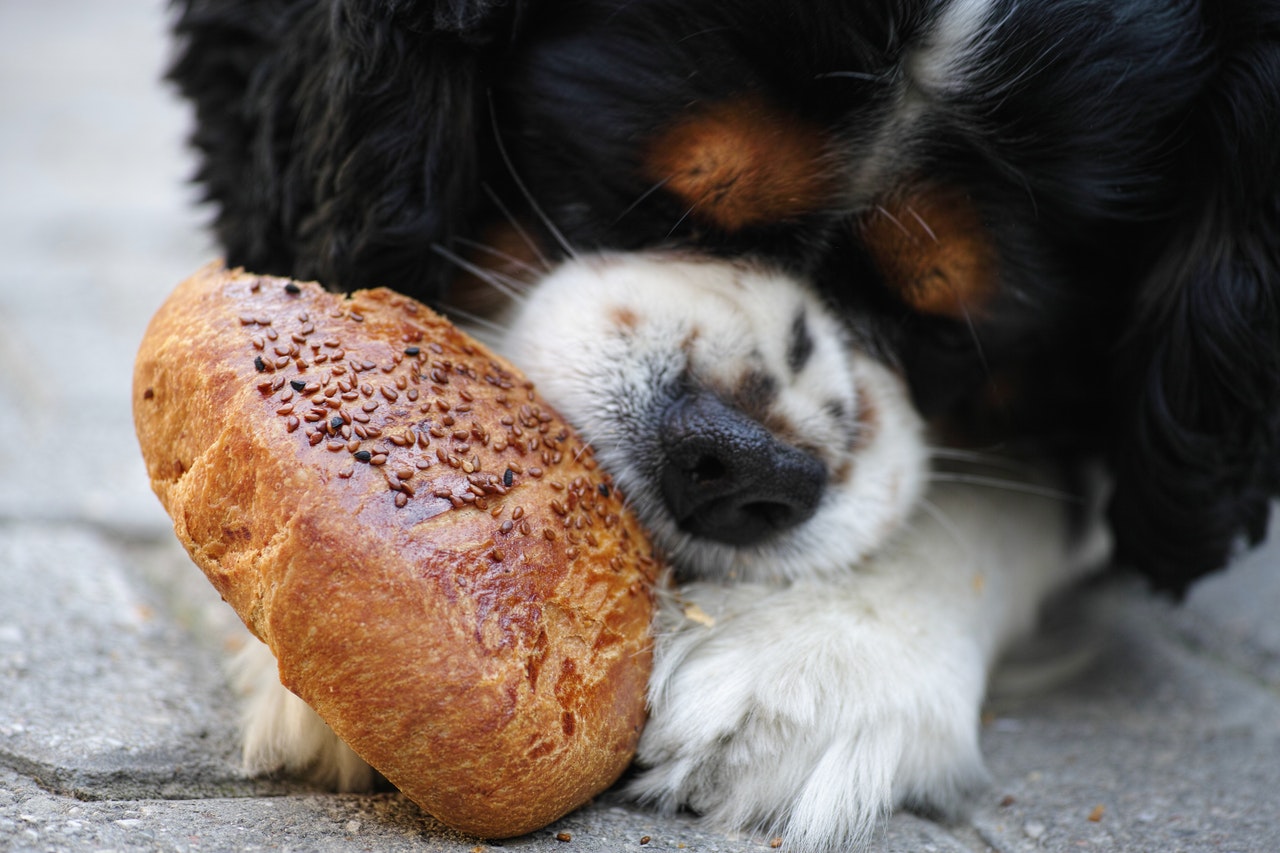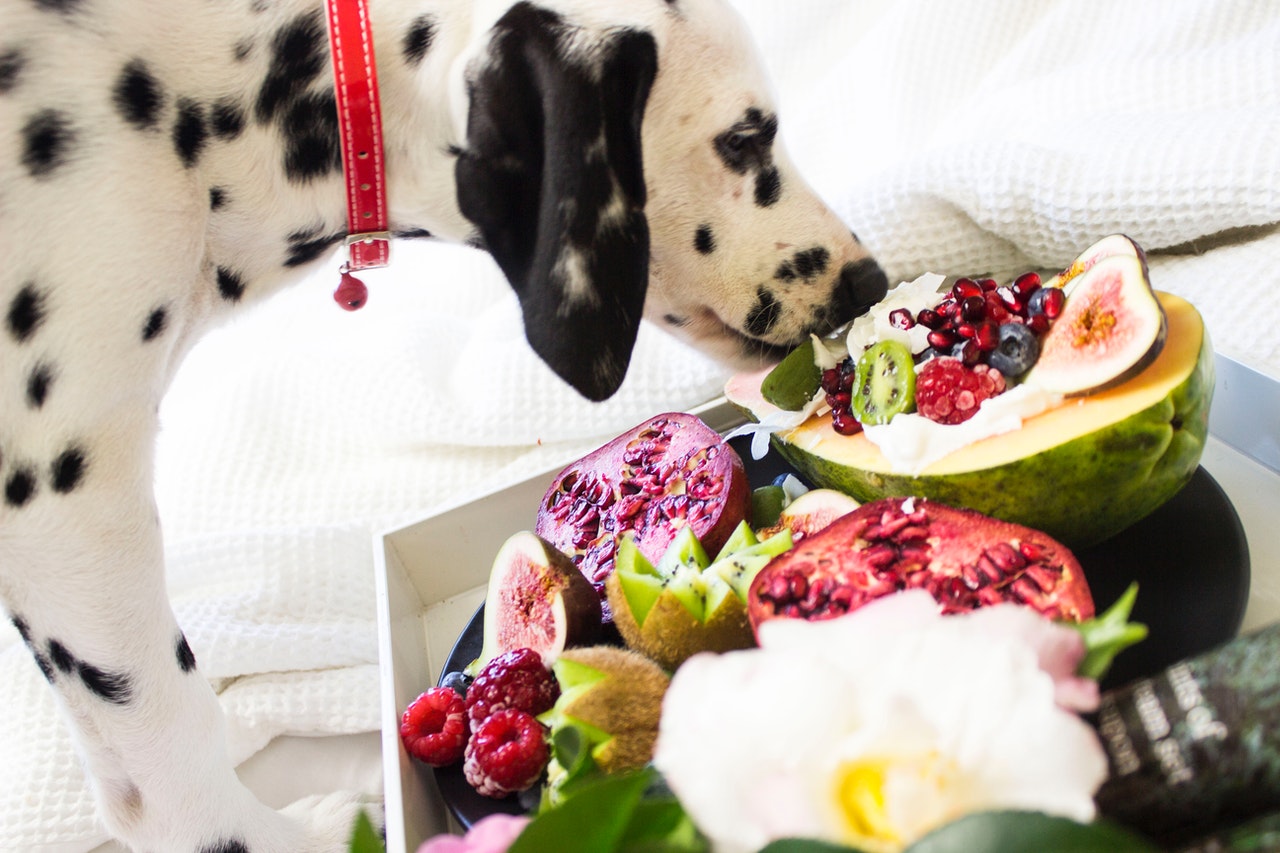As a pet parent, keeping your dog safe is your number one priority. But did you know there could be dangers to your pup lurking in your home? According to WebMD Pet Health Center, approximately 232,000 pets are poisoned each year as a result of consuming “household substances.” Naturally inquisitive, dogs like to investigate their space. Because dogs, especially young puppies, tend to explore the world with their mouths, common household items you use on a daily basis may pose a dangerous threat to your fur baby. Let’s go over 10 of the most common deadly dog poisons you may have in or near your home.

10 deadly dog poisons
Contact your local veterinarian or the ASPCA’s Poison Control Center at (888) 426-4435 if you suspect your dog has consumed any of the following:
1. Alcohol
You may like to unwind with a drink or two, but alcohol is toxic to your dog. Ethanol, the component that causes intoxication after consuming beer, wine, and hard liquor, and hops (found in beer) can make your dog violently ill. Symptoms include excessive panting, tremors and seizures, disorientation, vomiting, and high body temperature. If left untreated, alcohol poisoning can result in death. For their safety, you should never leave alcoholic drinks unattended around your pets. (Raw yeast dough also contains ethanol, so don’t allow your dog to eat that, either.)
2. Avocado
Avocados are a staple in many households, but did you know they can be fatal to dogs? Avocados contain a fungicidal toxin called persin which can cause diarrhea, vomiting, and myocardial damage. High in fat, avocados may cause gastrointestinal distress, pancreatitis, and weight gain. Keep food that contains avocado out of your pup’s reach.
3. Caffeine
Your morning cup of Joe may help you perk up before work, but it’s toxic to your pooch. Dogs can’t process stimulants like caffeine the way we can, and consumption can lead to hyperactivity and a dangerously increased heart rate. If consumed in high doses, caffeine may cause tremors, seizures, loss of muscle control, vomiting, diarrhea, cardiac arrhythmia, and potentially even death. Other sources of caffeine include tea, sports drinks, soda, some over-the-counter headache medications (such as Excedrin Migraine), and diet pills.
4. Chocolate
One of our favorite tasty treats can lead to severe illness — and even death — in dogs. In addition to its caffeine content, chocolate also contains theobromine, which causes symptoms like diarrhea, hyperactivity, increased thirst, tremors, seizures, pacing, and panting. Keep all foods containing chocolate well out of your dog’s reach, and take him to the vet immediately if he accidentally consumes it.
5. Daffodil
While these gorgeous yellow blooms brighten the home, they also make dogs extremely ill if ingested. Containing a crystalline alkaloid called lycorine, daffodils aren’t fatal to dogs, but they can cause extreme cases of gastrointestinal distress. Nausea and vomiting are the most common side effects. If you have a love for yellow flowers, consider dog-friendly sunflowers instead of daffodils.

6. Dumbcane
We all want a lush, verdant garden, but when you have pets, their safety has to come first. Dumbcane is easy to grow and difficult to kill, but it should never be a feature in your garden if you have pets. Depending on the quantity your dog consumes, he may suffer from mild symptoms like burning and soreness of the mouth and throat, or symptoms could be severe, including blindness, seizures, and possibly even death. Don’t bring dumbcane into your home or garden, and keep an eye on your dog on walks to make sure he doesn’t nibble dumbcane leaves.
7. Garlic and onions
Garlic and onions impart wonderful flavor to our dishes, but both are poisonous to dogs. Garlic and onions are both members of the allium family. Containing toxic thiosulfate, garlic and onion consumption causes damage to your dog’s red blood cells, leading to hemolytic anemia. Other symptoms include vomiting, diarrhea, dehydration, and depression. Keep your pup away from the kitchen when using these ingredients, and don’t share any leftovers.
8. Grapes, sultanas, raisins, and currants
No one is entirely certain what compound they contain that causes toxicity, but grapes, currants, raisins, and sultanas are all potentially deadly to dogs and cats. Abdominal pain, dehydration, vomiting, diarrhea, and kidney failure are all possible symptoms. Take your dog to the vet right away if you believe he has consumed one of these toxic foods.
9. Oleander
Not only is oleander toxic to dogs, but it’s also toxic to humans and other animals. Every part of the oleander plant, from the petals to the stems, is toxic. This gorgeous, ornamental plant looks stunning in your garden, but you should steer clear of planting it if you have pets. Oleander is packed with cardiac glycosides, a compound that inhibits the sodium/potassium ATPase pump. Ingestion can cause heart failure, so act quickly if you believe your dog has eaten oleander.
10. Sago palm
A member of the Cycadeceae family, sago palm contains the toxic compound cycasin, which can cause symptoms including increased thirst, vomiting, liver damage, liver failure, and even death. While these palms look exquisite in your yard, they’re extremely dangerous if you have dogs, cats, or horses who can access them.

Be aware of hidden dangers
Your dog’s health is your top priority, but hidden dangers lurk around your home. Being aware of these hazards is an important step you can take to help keep your pet safe. Eliminate potential toxins, puppy-proof your house, and don’t allow your dog access to your groceries if you bring home foods that could be harmful to your pet.



